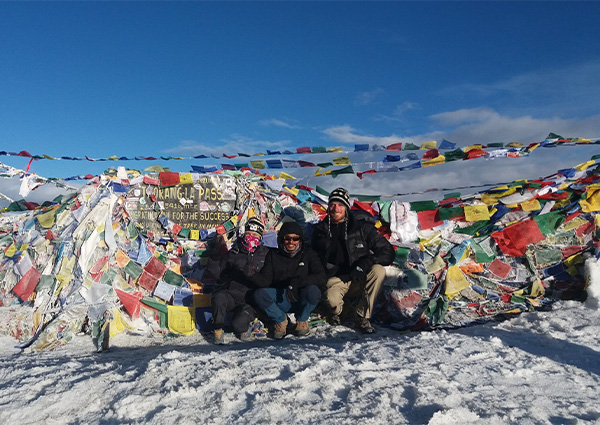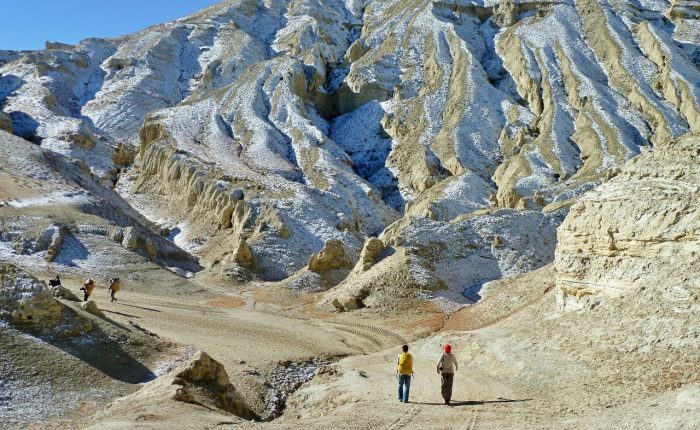Join Everest Destiny Trek on a 14-day adventure through one of Nepal’s most iconic trekking routes — the Annapurna Circuit Trek. This unforgettable journey takes you from the vibrant streets of Kathmandu to the remote beauty of the Annapurna Region, offering a perfect blend of natural wonders and cultural richness.
Crossing the breathtaking Thorong La Pass (5,416m), you’ll trek through lush valleys, charming villages, sacred temples, and diverse landscapes. Along the way, enjoy warm hospitality in local lodges, relax in natural hot springs, and witness spectacular mountain views that leave a lasting impact on every traveler.
Designed for those seeking both challenge and peace, the Annapurna Circuit Trek is more than just a trek — it’s a life-changing experience, guided and supported by the trusted team at Everest Destiny Trek.





